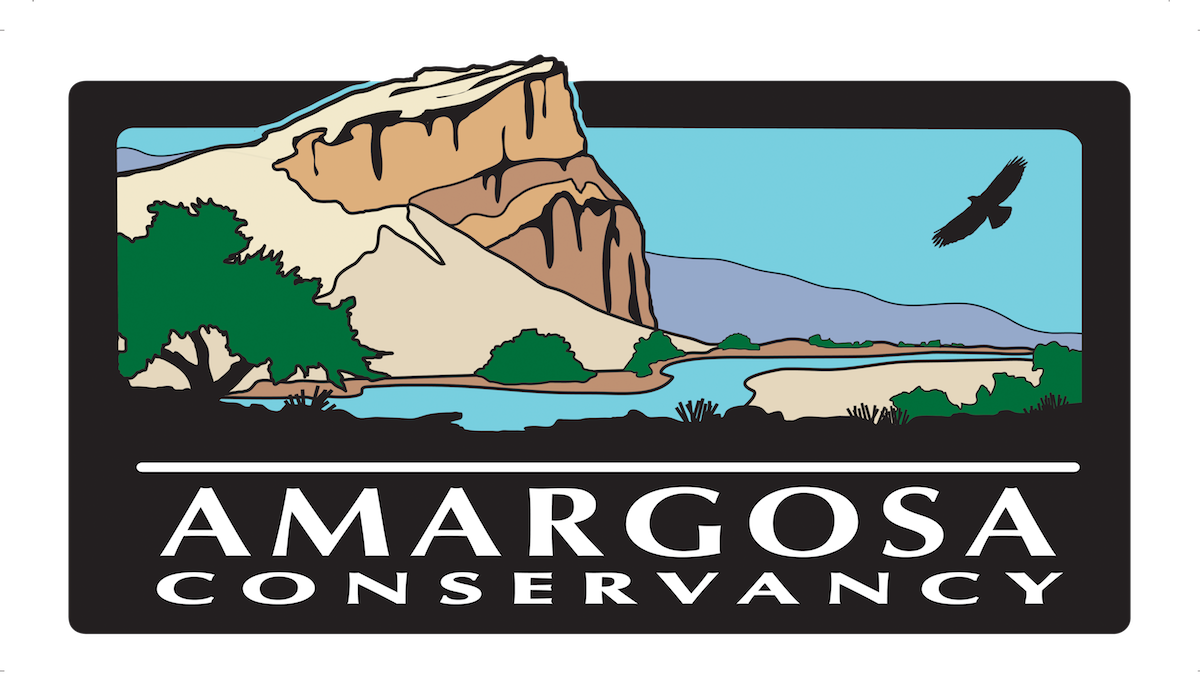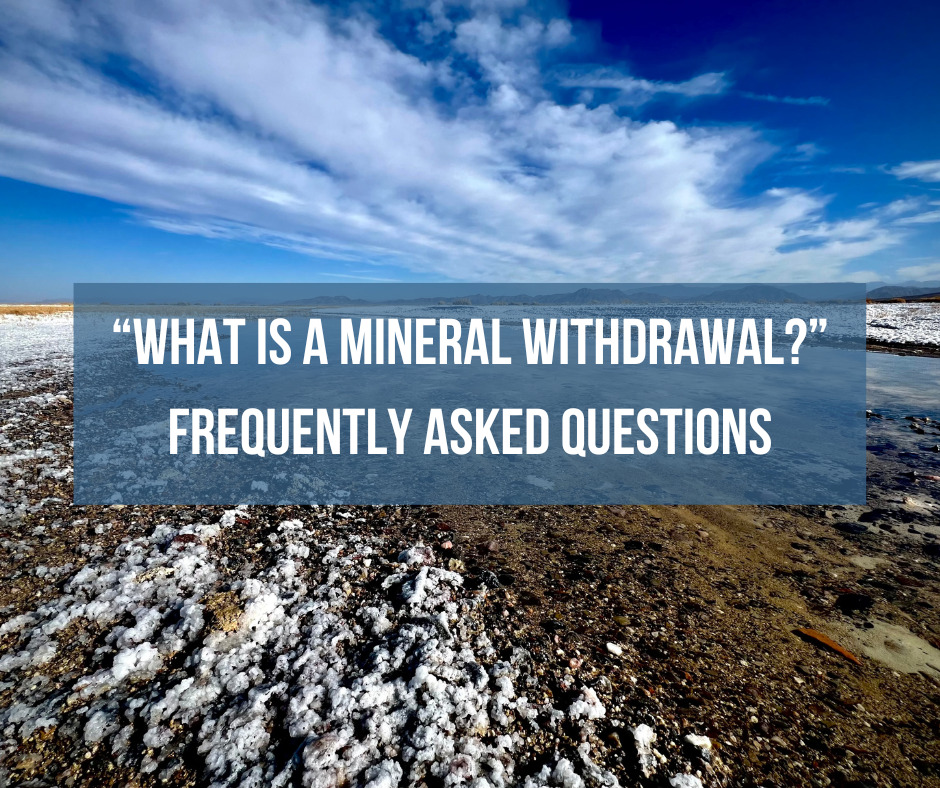Not sure what a mineral withdrawal is, or why one is needed for lands surrounding Ash Meadows? This FAQ is for YOU!
Frequently Asked Questions (FAQ) on Mineral Withdrawal under the Bureau of Land Management (BLM)
- “What is a mineral withdrawal?”
Under mining law, federal public lands managed by the BLM are by default open to mining as an appropriate use. A mineral withdrawal is a process through which specific areas of federally owned public lands are temporarily or permanently withdrawn from mineral entry. This means no new mining claims can be filed in a withdrawn area. This is typically done to protect certain values such as environmental, cultural, or recreational interests.
- “Who has the authority to withdraw public lands from mining?”
A mineral withdrawal can follow two paths. The Department of Interior has the authority to withdraw lands from mineral entry by approving an application for mineral withdrawal submitted by the managing agency or agencies. In this case regarding lands surrounding Ash Meadows, the Bureau of Land Management may submit an application either alone or with the U.S. Fish and Wildlife Service or National Parks Service as co-applying agencies to be evaluated and approved under the authority of the Secretary of the Interior. Mineral withdrawals undertaken by the Administration are temporary in duration, lasting 20 years before they need to be renewed.
Mineral withdrawals can also be secured through an act of legislation introduced and passed by Congress and signed by the President. Legislative mineral withdrawals can be permanent.
- “Why are mineral withdrawals implemented?”
Mineral withdrawals are implemented to preserve sensitive areas and resources from the potential negative impacts of new mineral exploration and extraction. This can include protecting ecosystems, threatened and endangered species, wildlife habitats, cultural and historical sites, and recreational areas.
In the case of Ash Meadows, a mineral withdrawal would preserve groundwater vital to wildlife and communities in the region.
- “How does the BLM decide on mineral withdrawals?”
The BLM evaluates various factors, including available scientific studies, environmental assessments, public input, and existing land-use plans, to determine the necessity of a mineral withdrawal. All mineral withdrawals enacted by the Department of Interior are subject to the National Environmental Policy Act, which includes opportunities for public comment and participation.
- “Is a mineral withdrawal permanent?”
Mineral withdrawals can be either temporary or permanent. The Department of Interior currently has the authority to withdraw public lands from mining for up to 20 years, after which time the need for a renewed temporary withdrawal may be evaluated. Congress has the authority to secure a permanent mineral withdrawal through legislation.
- “How does the public participate in the mineral withdrawal process?”
The Department of Interior is required to include public participation in the decision-making process for mineral withdrawals through the National Environmental Policy Act. This may involve public meetings, comment periods, and consultations to gather input and address concerns from various stakeholders. Robust public support for a mineral withdrawal can help demonstrate support for the agency to consider and pursue this as a necessary action.
- “What is the difference between mineral withdrawals and other land use designations?”
Mineral withdrawals specifically focus on restricting new mining claim activity, while other land use designations such as wilderness or Areas of Critical Environmental Concern may involve broader restrictions or permissions for activities such as recreation, grazing, or energy development. A mineral withdrawal does not affect any activities or resources other than new mining claims.
- “How does a mineral withdrawal affect pre-existing mining claims?”
A mineral withdrawal is subject to valid existing rights for pre-existing mining claims, and in general will not stop a mine from being developed on those claims. Mining claims which predate the mineral withdrawal may be explored and developed per the Federal Lands Policy and Management Act of 1976 and the General Mining Law of 1872. Mines may also be developed within mineral withdrawal areas, as long as the claims those mines are based on predate the withdrawal.
However, BLM will not approve a plan of operations or allow notice-level operations to proceed until BLM has prepared a mineral examination report to determine whether the mining claim was valid before the withdrawal, and whether it remains valid. BLM may require preparation of a mineral examination report before approving a plan of operations or allowing notice-level operations to proceed on segregated lands. This is an important added step in the permitting process to help protect lands within the withdrawal area.
- “Will a mineral withdrawal stop any given mining project?”
No. A mineral withdrawal will not put a halt to any ongoing mining exploration or mine development activities. As long as the claims those activities are based on are valid and predate the mineral withdrawal, mining companies may continue developing those resources even after a mineral withdrawal. A mineral withdrawal generally only restricts new mining claim activity.
- “Where can I find information on current mineral withdrawals?”
The BLM provides information on current mineral withdrawals through its official website, local BLM offices, and public announcements. Additionally, the Federal Register is required to publish notices related to proposed or enacted mineral withdrawals.
- “How can I help get a mineral withdrawal for sensitive lands surrounding Ash Meadows?”
You can raise your voice for a safe and secure future for Ash Meadows and the communities of the Amargosa River watershed by signing this petition calling on decision makers to save Ash Meadows from the threat of mining.
Ready to learn more? Visit this page to learn all about Ash Meadows, and this page to get the latest on our fight to save this crown jewel from mining.

